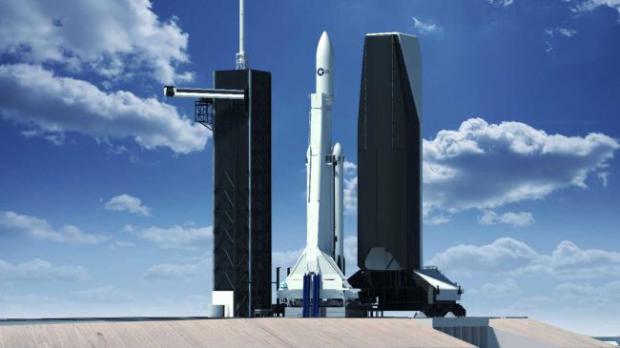
Breaking News
 Elon Tells Rogan the Real Reason Democrats are Prolonging the Government Shutdown [WATCH]
Elon Tells Rogan the Real Reason Democrats are Prolonging the Government Shutdown [WATCH]
 Newsom: Trump Is Trying to Rig the Election -- He Knows GOP Will Lose
Newsom: Trump Is Trying to Rig the Election -- He Knows GOP Will Lose
 There is zero justification for the Department of Justice's silence while the most serious...
There is zero justification for the Department of Justice's silence while the most serious...
 Gabbard Says Trump Has Ended America's Era Of 'Regime Change'
Gabbard Says Trump Has Ended America's Era Of 'Regime Change'
Top Tech News
 The 6 Best LLM Tools To Run Models Locally
The 6 Best LLM Tools To Run Models Locally
 Testing My First Sodium-Ion Solar Battery
Testing My First Sodium-Ion Solar Battery
 A man once paralyzed from the waist down now stands on his own, not with machines or wires,...
A man once paralyzed from the waist down now stands on his own, not with machines or wires,...
 Review: Thumb-sized thermal camera turns your phone into a smart tool
Review: Thumb-sized thermal camera turns your phone into a smart tool
 Army To Bring Nuclear Microreactors To Its Bases By 2028
Army To Bring Nuclear Microreactors To Its Bases By 2028
 Nissan Says It's On Track For Solid-State Batteries That Double EV Range By 2028
Nissan Says It's On Track For Solid-State Batteries That Double EV Range By 2028
 Carbon based computers that run on iron
Carbon based computers that run on iron
 Russia flies strategic cruise missile propelled by a nuclear engine
Russia flies strategic cruise missile propelled by a nuclear engine
 100% Free AC & Heat from SOLAR! Airspool Mini Split AC from Santan Solar | Unboxing & Install
100% Free AC & Heat from SOLAR! Airspool Mini Split AC from Santan Solar | Unboxing & Install
 Engineers Discovered the Spectacular Secret to Making 17x Stronger Cement
Engineers Discovered the Spectacular Secret to Making 17x Stronger Cement
SpaceX aims to launch 70 missions a year from Florida's Space Coast by 2023

SpaceX is planning a huge boost to the number of rocket launches from its Florida launch sites in the next few years as the company builds its Starlink satellite megaconstellation while meeting flight demands from its customers, according to a federal environmental report.
The missions for SpaceX's Falcon 9 and Falcon Heavy rockets will also have more options than in the past, according to the report, which was first reported by SpaceNews. One change will be a new mobile service tower allowing some missions to be assembled vertically, rather than horizontally. Another will be the capability to launch to polar orbits — quite the feat, since Florida is located close to the equator and better optimized for missions that operate close to the equator. SpaceX also plans to test recovering payload fairings as the company pushes for greater mission reusability.
By 2023, the company wants to launch 70 missions a year from its two Florida launch sites at the Kennedy Space Center and nearby Cape Canaveral Air Force Station, using Falcon 9 and Falcon Heavy rockets. This rate is a seven-fold increase from the 11 missions SpaceX put into orbit in 2019, and almost double the 38 planned launches in 2020. That information comes from a draft environmental assessment published Thursday (Feb. 27) by the Federal Aviation Administration's Office of Commercial Space Transportation.



